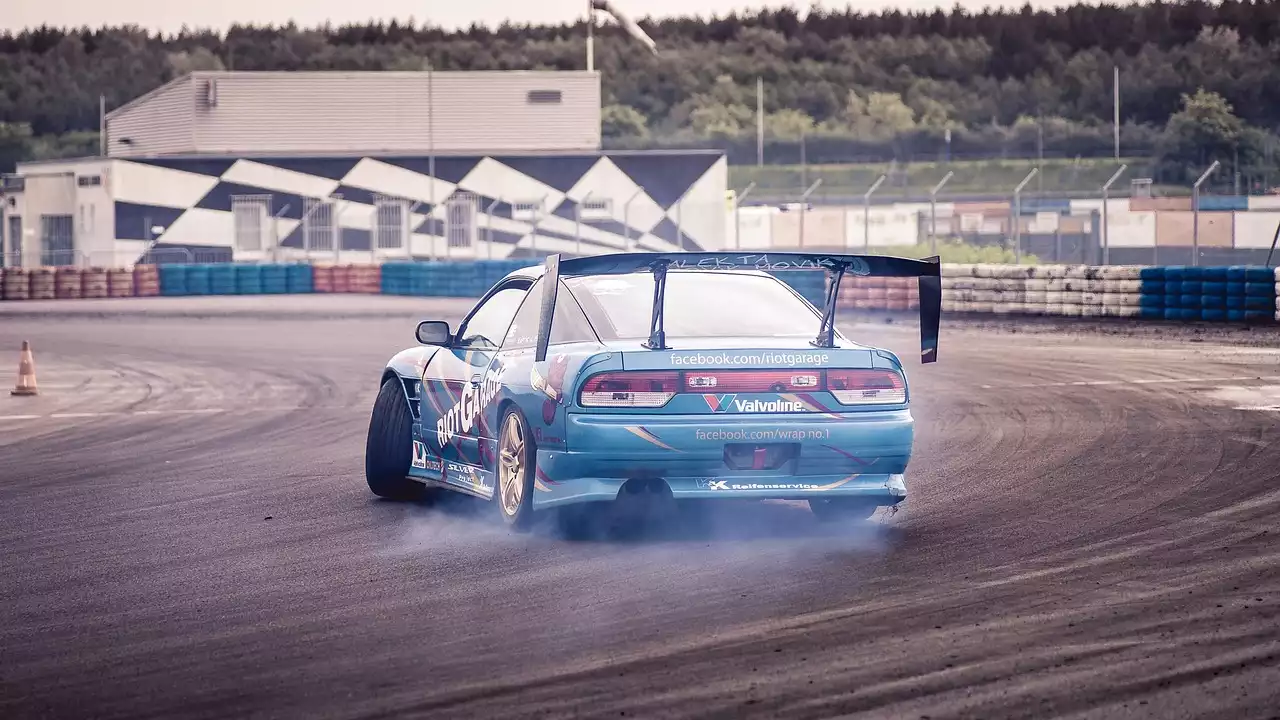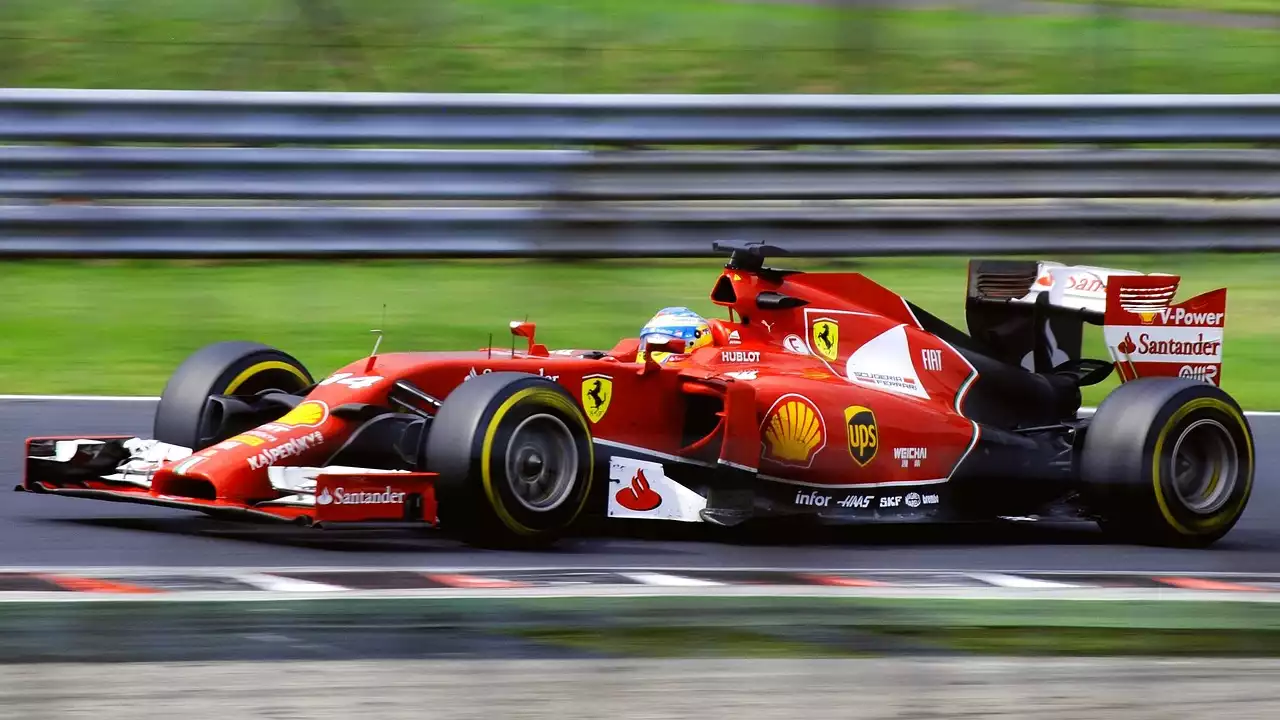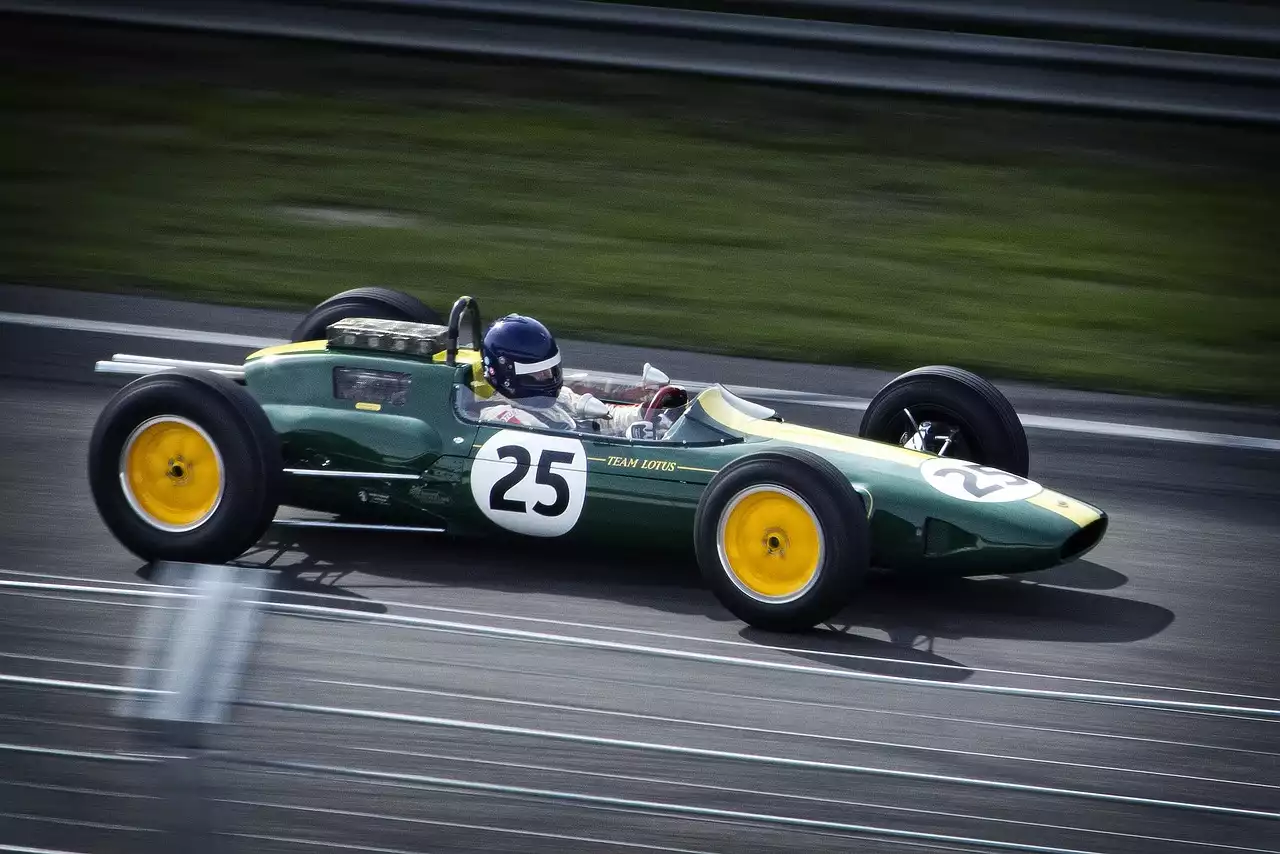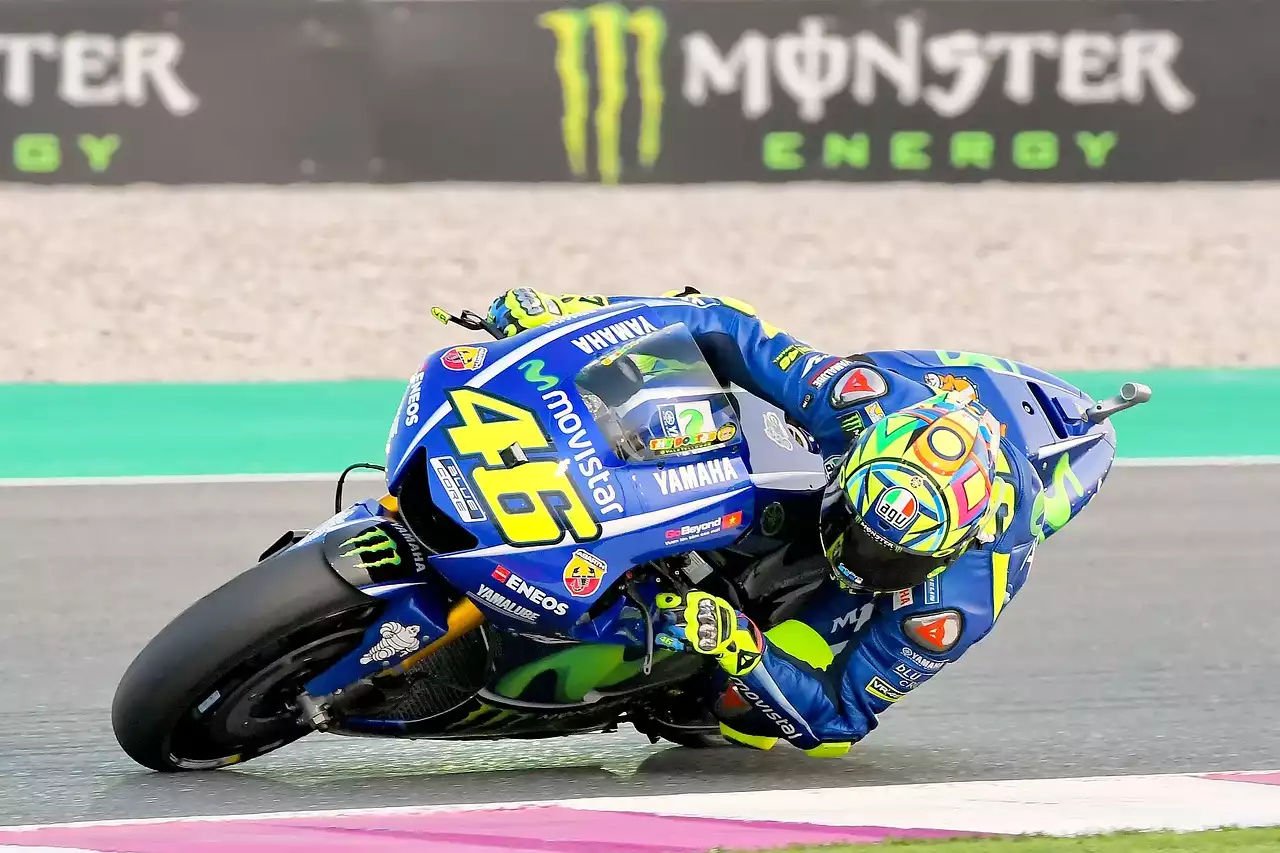The Top IndyCar Drivers of All Time
IndyCar racing has a rich history that spans over a century. Over the years, there have been many legendary drivers who have left their mark on the sport. From A.J. Foyt to Mario Andretti, these drivers have become household names and have inspired countless fans around the world. Today, the sport is home to many modern-day stars like Scott Dixon, Will Power, and Josef Newgarden, who are continuing the legacy of those who came before them.
The Secrets Behind IndyCar's Most Successful Drivers
What sets IndyCar's most successful drivers apart from the rest? The answer is simple: hard work, dedication, and a relentless pursuit of excellence. These drivers know that success in this sport requires a combination of physical and mental toughness, as well as a strategic approach to racing. They spend countless hours training, studying their craft, and analyzing data to improve their performance on the track.
The Importance of Physical Fitness for IndyCar Drivers
IndyCar racing is a physically demanding sport that requires a high level of fitness and endurance. Drivers must be able to withstand the intense G-forces that come with driving at high speeds, as well as the grueling conditions of racing for hours on end. To prepare for this, drivers follow rigorous training routines that include cardio, strength training, and flexibility exercises. They also pay close attention to their diet and nutrition, ensuring that they are fueling their bodies with the nutrients they need to perform at their best.
Mental Toughness and Focus
Driving an IndyCar requires more than just physical strength and skill. It also requires mental toughness and focus. Drivers must be able to stay calm and focused under pressure, making split-second decisions that can mean the difference between winning and losing. They also need to be able to handle the stress and pressure that comes with competing at the highest level.
To develop these skills, drivers use a variety of techniques, including visualization, meditation, and mindfulness. They also work with sports psychologists to develop mental fortitude and resilience, allowing them to stay focused and perform at their best, even in the most challenging of circumstances.
The Role of Technology in IndyCar Racing
IndyCar racing has always been at the forefront of technological innovation. From aerodynamic designs to state-of-the-art engines, the sport has always pushed the limits of what is possible. Today, technology plays an even more significant role in the sport, with teams using advanced data analytics and simulation tools to analyze and optimize performance.
For example, teams use telemetry data to track everything from speed and lap times to fuel consumption and tire wear. This data is then analyzed in real-time, allowing teams to make adjustments on the fly and optimize their performance during the race. They also use simulation tools to test different strategies and scenarios, giving them a competitive edge on race day.
The Best Training Techniques for Aspiring IndyCar Drivers
Becoming an IndyCar driver requires years of hard work, dedication, and training. Drivers must develop their skills and hone their craft through a combination of practice, education, and experience. They also need to be able to adapt to the constantly evolving nature of the sport, staying up-to-date with the latest technologies, strategies, and trends.
To do this, aspiring IndyCar drivers must follow a rigorous training routine that includes a combination of on-track practice, physical fitness, and mental preparation. They should also seek out mentors and coaches who can provide guidance and support as they work to achieve their goals.
The Importance of Teamwork in IndyCar Racing
IndyCar racing is a team sport, and success on the track requires a high level of collaboration and teamwork. Drivers must work closely with their engineers, mechanics, and pit crews to optimize their performance and achieve their goals.
Teamwork is also essential when it comes to developing and implementing race strategies. Drivers and their teams must work together to analyze data, assess their competitors, and make decisions that will give them the best chance of success. This requires a high level of communication, trust, and mutual respect, as well as a shared commitment to excellence.
The Future of IndyCar Racing
IndyCar racing is a sport that continues to evolve and grow, with new technologies, strategies, and trends emerging all the time. As the sport continues to evolve, it will be interesting to see how it adapts to these changes and what new innovations will emerge in the years to come.
One thing is certain: the future of IndyCar racing looks bright. With talented drivers, dedicated teams, and a passionate fan base, the sport is poised for continued success and growth in the years ahead. So, whether you're a die-hard fan or a casual observer, keep an eye on IndyCar racing, and get ready to see some of the most thrilling and exciting sports action on the planet.






.png?size=50)


